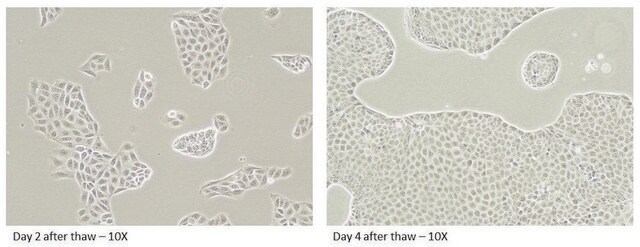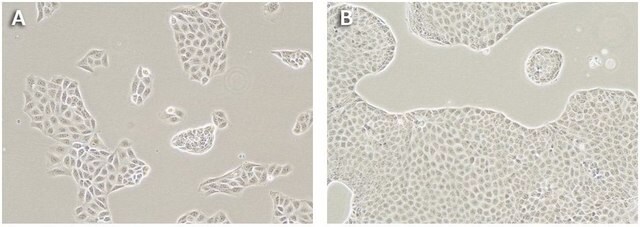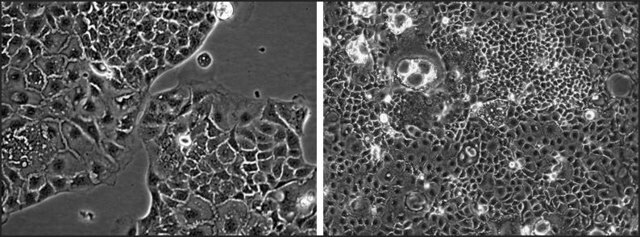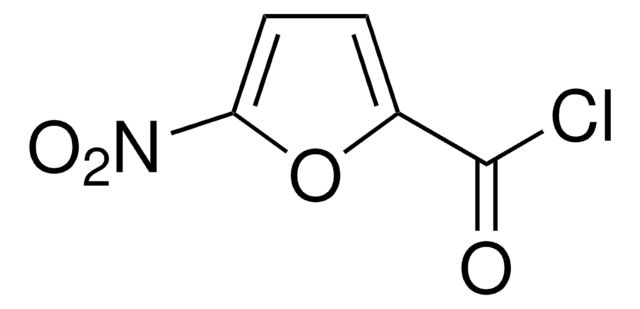MTOX1302Z
MDCKII canine MDR1 KO, human BCRP / human OAT2B1 Expressing Cells
About This Item
Recommended Products
biological source
canine kidney (cocker spaniel)
usage
sufficient for 1 96-well plate(s) (or 24-well plate)
packaging
vial of 2 million cells
growth mode
adherent
technique(s)
cell culture | mammalian: suitable
drug transporter assay: suitable
application(s)
ADME/TOX
shipped in
dry ice
storage temp.
−196°C
General description
Application
These cells can be used in transwell permeability assays to measure the movement of substrates through the monolayer. Efflux ratios for test compounds can be determined using standard compounds as controls.
Features and Benefits
The canine MDR1 (cP-gp) efflux transporter gene has been effectively disrupted in both alleles. There is no expression of the cP-gp. Validation studies have shown no efflux of standard cP-gp substrates.
The human BCRP and OAT2B1 efflux transporters have been expressed in these cells via viral transduction. Validation studies have shown efflux ratios ≥2 for common substrate estrone-3-sulfate.
Quality
Legal Information
MDCKII sublone was originally isolated by Daniel Louvard, Institut Curie, Paris France.
References: Hansson, G.G., Simons, K and Van Meer G (1986) EMBO 5: 483-489, Louvard D (1980) PNAS 77; 4132-4136
recommended
Storage Class Code
10 - Combustible liquids
WGK
WGK 2
Flash Point(F)
Not applicable
Flash Point(C)
Not applicable
Regulatory Listings
Regulatory Listings are mainly provided for chemical products. Only limited information can be provided here for non-chemical products. No entry means none of the components are listed. It is the user’s obligation to ensure the safe and legal use of the product.
ISHL Indicated Name
Substances Subject to be Indicated Names
ISHL Notified Names
Substances Subject to be Notified Names
JAN Code
MTOX1302Z-1VL:
MTOX1302Z-BULK:
Choose from one of the most recent versions:
Certificates of Analysis (COA)
Don't see the Right Version?
If you require a particular version, you can look up a specific certificate by the Lot or Batch number.
Already Own This Product?
Find documentation for the products that you have recently purchased in the Document Library.
Our team of scientists has experience in all areas of research including Life Science, Material Science, Chemical Synthesis, Chromatography, Analytical and many others.
Contact Technical Service




